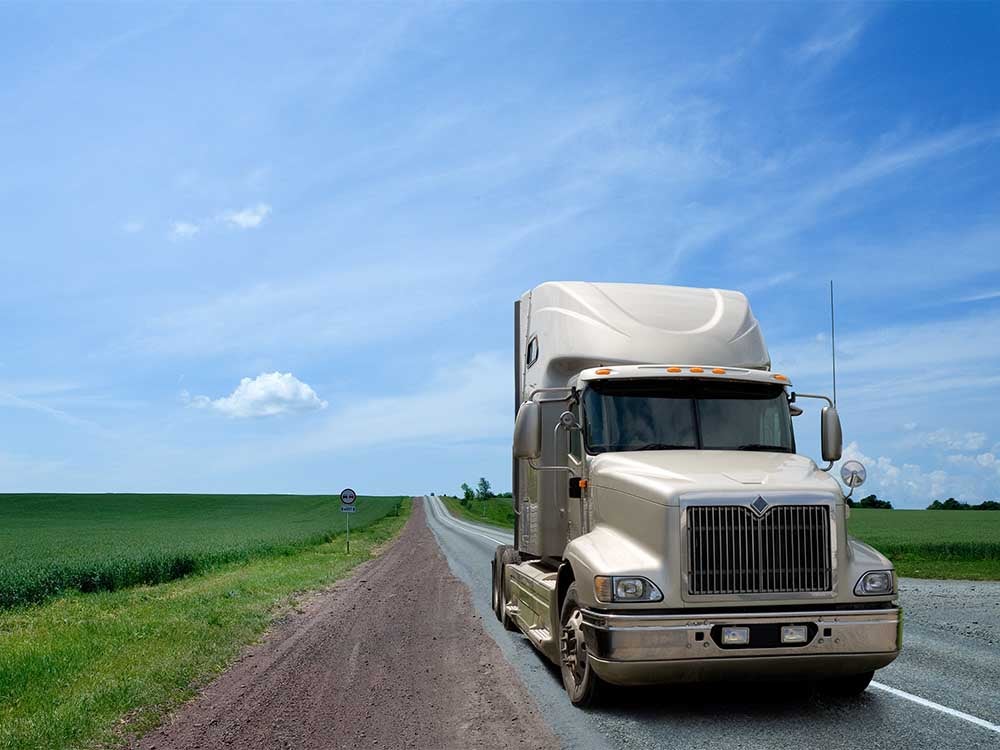15 January 2018
2 min read
#Transport, Shipping & Logistics
Published by:

Casualties involving heavy vehicles have been much in the press over summer. Truck driving is a hazardous occupation and in the 21st Century it ought not to be.
Every heavy vehicle casualty has a terrible impact on those who are directly affected by it and the community at large. It is right that any rise in the road-toll should stimulate debate and inquiry about what steps can be taken to address the toll. The causes of heavy vehicle accidents are complex and certainly not always the fault of the driver or the transport operator.
And the policy tools are already in place to address the heavy vehicle toll. Broadly speaking two regulatory responses have already been deployed.
The previous federal Labor government introduced the Road Safety Remuneration Tribunal. The idea behind the Tribunal was that truck drivers should be properly remunerated (at rates set by the Tribunal) so as to eliminate any incentive to speed and drive while fatigued.
The current government abolished the Tribunal on the basis that the costs associated with that remuneration were arbitrary and prohibitive and it chose instead to better resource the new Heavy Vehicle National Regulator (HVNR). The HVNR has within its jurisdiction the Heavy Vehicle National Law (HVNL) which is a suite of uniform state laws and regulations known as the Chain of Responsibility aimed at speeding, fatigue, overloading and (poor) load securing.
The policy underlying the Chain of Responsibility is that every participant in the heavy vehicle supply chain is responsible for heavy vehicle safety and should adjust and adapt their business practices accordingly.
This covers retailers, manufacturers and importers as well as transport operators.
The HVNL is currently being upgraded to significantly increase financial penalties (up to A$3,000,000 for corporations), introduce imprisonment for serious breaches, and put a greater emphasis on the role of corporate executives much like current health and safety laws.
While different forms of the Chain of Responsibility law have been in place for nearly 10 years, the enhanced heavy vehicle safety laws will be introduced in 2018. There is already a significant amount of uptake and education being rolled out to support the introduction of the law. Industry should be given the opportunity to work with and ensure compliance with the new laws which have now been in the pipe-line for two years.
Governments should ensure that the HVNR is properly resourced to roll-out the comprehensive suite of heavy vehicle safety laws.
Finally, once the new laws are rolled out there should be a consistent approach to enforcement, through both education and (when appropriate) prosecution. This has been one of the greatest challenges to date with “pass-through” States such as New South Wales taking on a disproportionate enforcement burden. This is both unfair and unacceptable and not conducive to good safety outcomes.
Author: Geoff Farnsworth
* This article was originally published in Australasian Transport News: www.fullyloaded.com.au
Disclaimer
The information in this publication is of a general nature and is not intended to address the circumstances of any particular individual or entity. Although we endeavour to provide accurate and timely information, we do not guarantee that the information in this newsletter is accurate at the date it is received or that it will continue to be accurate in the future.
Published by: